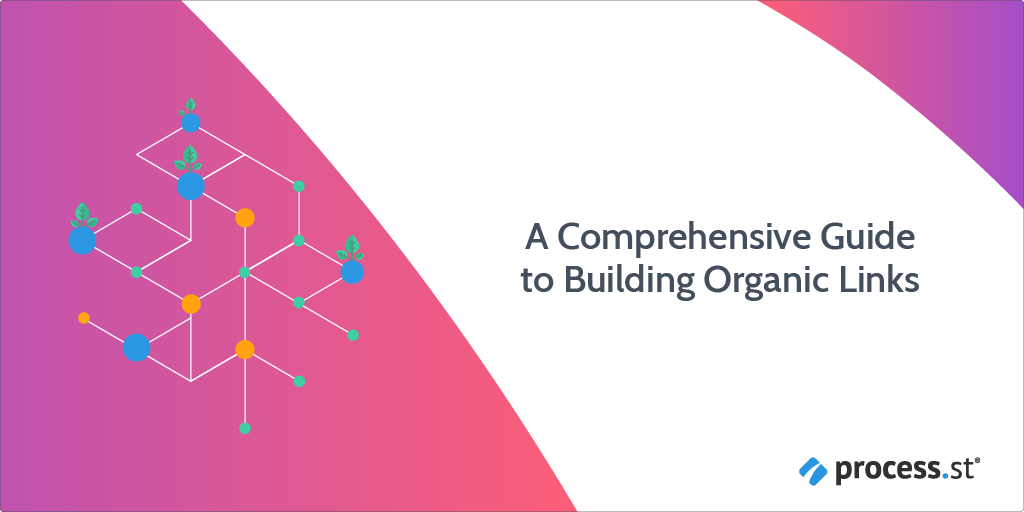 With nine years in the aviation industry, Daniel Martin is an experienced team-builder with several high-performance content creation teams under his belt. He is currently the Head of Customer Success at LinkDoctor.
With nine years in the aviation industry, Daniel Martin is an experienced team-builder with several high-performance content creation teams under his belt. He is currently the Head of Customer Success at LinkDoctor.
As of October 2019, there were 1.72 billion websites on the Internet. Keeping up with reputation and rank is important for any website owner, but it’d be impossible to manually check every site one-by-one.
Google has developed a ranking algorithm that crawls through billions of websites in a short time. This algorithm determines the site’s relevance and trustworthiness based on several factors, including backlinks from other sites.
A backlink is equivalent to statements such as “I trust this website,” or “This is a valuable website.” This is why link-building has become necessary to get higher ranks on the Internet.
High-ranking sites are more visible on search engines’ results, which leads to higher conversion rates and traffic.
When it comes to organic links, though, you can’t just ask other sites to give them to you; you need to earn them. But how do you get other sites to link to yours?
In this article, I’ll cover everything you need to know about:
- What are organic links and link building?
- Focus on gaining these high-quality links
- Low-quality organic links to avoid
- How to deal with toxic backlinks to your website
- Determining the best strategy to gain organic links
- Understanding user behavior and interests to increase organic traffic
- Identifying your site’s customer personas for more tailored content
- How to create high-quality, linkable assets other sites will want to use
- Optimizing your website for better organic links
- Leveraging social media for more backlinks
Read on for step-by-step instructions on sowing those backlinks to your site!







 Workflows
Workflows Projects
Projects Data Sets
Data Sets Forms
Forms Pages
Pages Automations
Automations Analytics
Analytics Apps
Apps Integrations
Integrations
 Property management
Property management
 Human resources
Human resources
 Customer management
Customer management
 Information technology
Information technology




.png)
